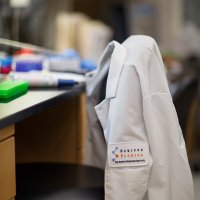
Jeremy Kay
@jnk_lab
Neuroscientist, retina nerd at Duke. Dept of Neurobiology & Duke Eye Center. Studying nervous system development, cell-cell recognition, and vision.
ID: 917938710942973952
https://www.neuro.duke.edu/research/faculty-labs/kay-lab 11-10-2017 02:23:37
1,1K Tweet
1,1K Followers
1,1K Following
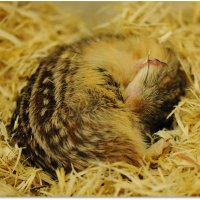

Check out this Current Biology dispatch article Jeremy Kay and I wrote for a new article from the Julie Lefebvre lab! Neuroscience: The dynamic development of dendrites: cell.com/current-biolog…
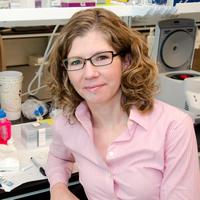
Our lab's paper led by Sam Ing-Esteves on HOW the clustered Protocadherins (cPcdhs) produce dendrite self-avoidance and complex neuronal morphologies was published today in Current Biology: authors.elsevier.com/a/1jgpv3QW8S6F… The Hospital for Sick Children (SickKids) Department of Molecular Genetics, U of T

In sum, this paper shows that the cPcdhs mediate dendrite self-avoidance through self-recognition and retraction. Congrats to Sam Ing-Esteves for tackling my dream project, managing the quantifications it entailed 😬, and enlightening us all on what cPcdhs do in vivo.


And check out Sarah Hadyniak, PhD & Jeremy Kay 's views here in their Dispatch: sciencedirect.com/science/articl…

Congrats Julie Lefebvre Sam Ing-Esteves! Beautiful work. Sarah Hadyniak, PhD and I enjoyed writing a summary of your article for Current Biology — read it here: authors.elsevier.com/a/1jpcG3QW8S6F…

Going to Society for Neuroscience (SfN) #SfN2024 in Chicago? Come to our GLIA+NEUROIMMUNE social MON 10/07! beth stevens & I will be there, along with SchaferLabUMassChan, Klaus-Armin Nave, Harwell Lab, Asya Rolls, Jonathan Kipnis 💔🎗️, Michael Heneka, Erin Gibson. rumors of @Dr_Oligo's 2024 afterparty are true!




Come see us at #SfN2024 in Chicago! The Duke Neurobiology Graduate Training Program booth will be open from 📅Saturday to Tuesday, ⏰12-2 PM. Meet with students, faculty, and learn about joining our world-class research community Duke Neurobiology!
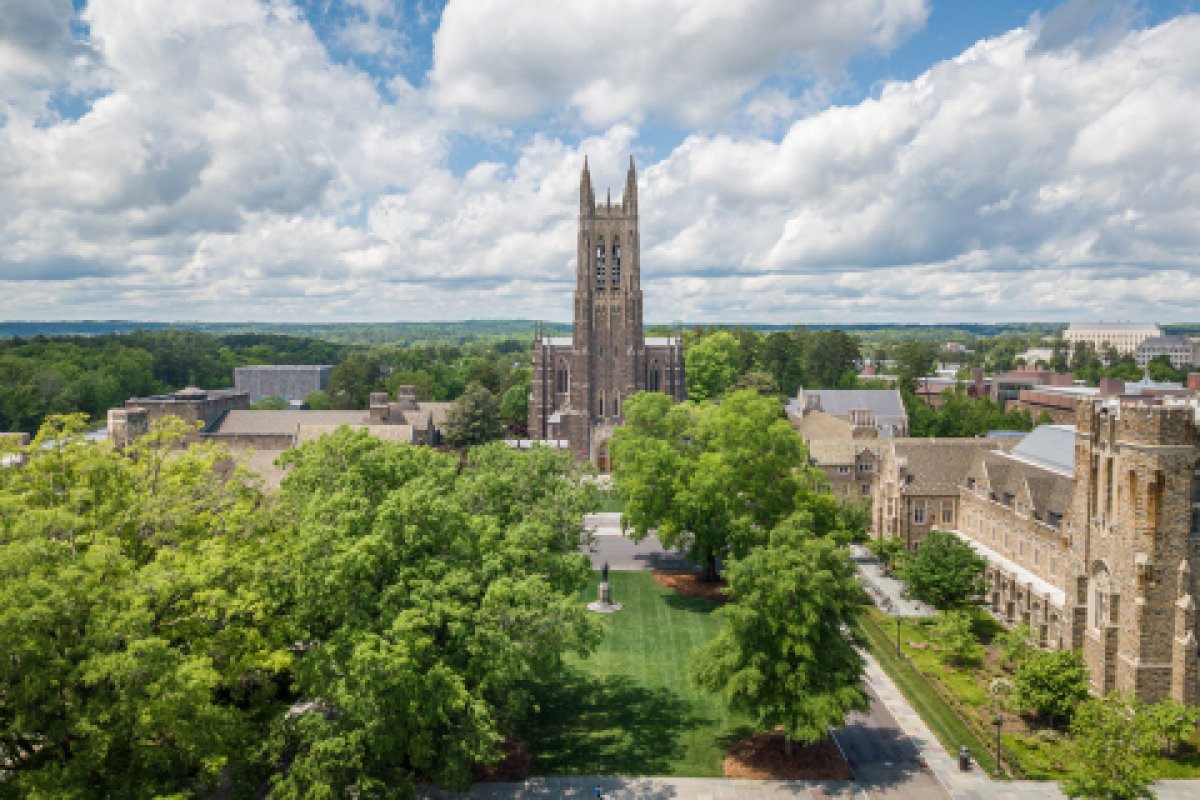


New collaborative @bioRxiv alert, with Dario Tommasini, Karthik Shekhar and Takeshi Yoshimatsu about the molecular and evolutionary relationships across vertebrate rods and cones: biorxiv.org/content/10.110… a mini thread...
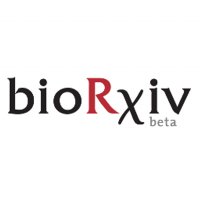

Excited to share our new paper in Current Biology! 🚀📄 "Retinal direction of motion is reliably transmitted to visual cortex via highly selective thalamocortical connections" cell.com/current-biolog…



Close your eyes and bring your full attention to the sensation of your tongue making contact with a tooth of your choice. Take 3 big breaths. Do you 'see it?' ...Our latest in nature by the indomitable Brendan Ito Jason Gao and Brian Kardon


